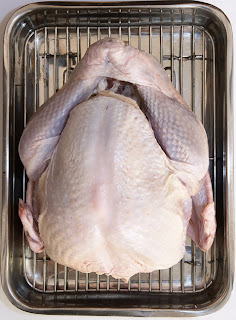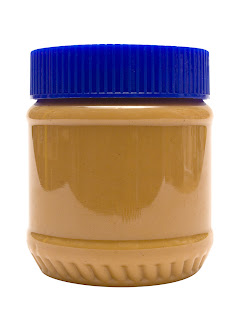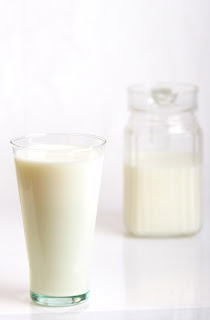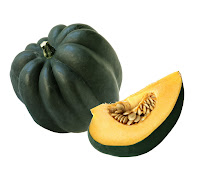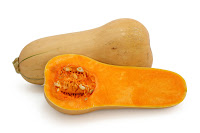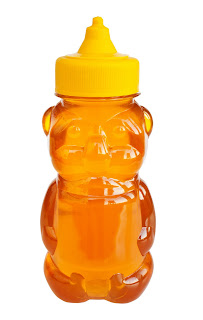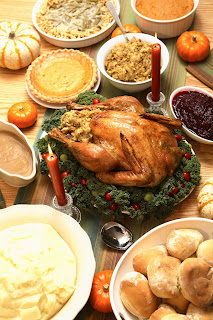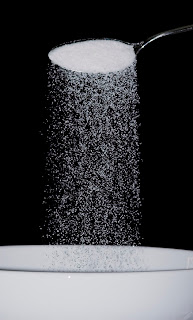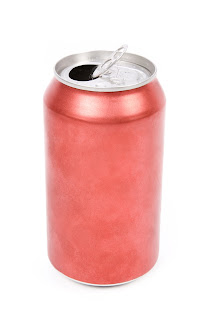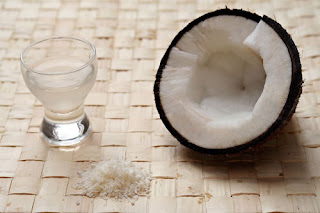 |
| white rice |
Brown rice is simply white rice that has not had the brown-colored bran covering removed. Since brown rice still has the bran intact, it has more fiber than white rice. One cup of brown rice has 3½ grams of fiber while the same amount of white rice has less than 1 gram of fiber. Brown rice contains nutrients like magnesium, manganese and zinc. White rice has reduced levels of these nutrients, but is often fortified with iron and some B vitamins.
 |
| brown rice |
Brown rice takes longer than white rice to cook so increase the amount of water slightly. Brown rice doesn't have the fluffy texture of white rice, but its nutty flavor and chewy texture makes brown rice a tasty way to get fiber into your diet. Remember, a high fiber diet may lower your risk of heart disease, helps bowel function so you don’t get constipated and helps give you a feeling of fullness with fewer calories.
Additional nutrition and health information can be found on the Missouri Families website.
Contributor: Maude Harris, Nutrition and Health Education Specialist, University of Missouri Extension, harrismau@missouri.edu, 573.545.3516


